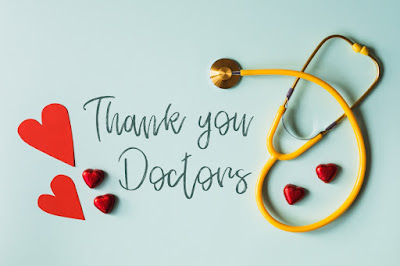STROKES HAPPEN TO YOUNG PEOPLE?
So let us start our subject that is "What happens When STROKES HAPPEN TO YOUNG PEOPLE?" which will help you to have a better comprehension of Home Care and Home Nursing Services.
 |
| Strokes |
We have a tendency to consider strokes as something that occurs in older men and women. It'd be more accurate to state"older" since the cut-off is all about age 55. Strokes do happen more frequently than adults 55 and older. However, while strokes are falling among elderly folks, the numbers are climbing in these aged 20 to 54.
In a recently released study, the proportion of strokes in adults younger than 55 climbed from 13 percent in 1993 to 19 percent in 2005. That 6 percent difference might not seem like much, but in actual numbers, it means that an extra 47,700 relatively young folks with a stroke every year.
In accordance with the American Stroke Association, 795,000 Americans suffer fractures annually. Why is this number climbing?
A physician asked a lot of questions and then analyzed you from head to foot. He or she decided what was wrong with you and, more frequently than not, was suitable. However, a vague sensation of not feeling well and also a little stroke using a regular examination may be rather tough to diagnose.
Nowadays a physician asks questions and can an examination however today we've CT scans and MRIs. That is a patient whose stroke may not have been diagnosed until CT scans were also available. Our new gear helps us locate more strokes. Unfortunately, that is simply a little portion of the response. But why?
Their bodies haven't had time to come up with real problems and thus when a stroke happens, it has to indicate that something is quite wrong. In adults younger than 45, injury is the most frequent cause of stroke. It accounts for approximately 22 percent of strokes in this age category. With hemorrhagic strokes, even where there's a blood vessel rupture and bleeding, the next most probable cause is the arteriovenous malformation.
This really is a strange collection of veins and arteries that an individual has been born with. Lupus, specific cancers, illegal drugs such as ecstasy, cocaine, and amphetamines, some blood disorders like sickle cell disease and thrombocytopenia.
These are only a couple of the ailments that could raise the chance of stroke in the young. Approximately 5 percent of strokes in young girls happen after having a baby.
Strokes in young individuals may also be due to the exact things that cause fractures in elderly adults. Some are fat. Several have hypertension and diabetes. Increasing amounts have elevated cholesterol and smoke cigarettes. Most strokes happen after a person has had those risk factors for several decades. These traditional stroke risk factors are found at earlier ages and thus, the results are happening at younger ages.
Smoking is an essential and modifiable risk element. With all that we have heard about smoking and its own contribution to cancer, heart attacks, lung ailments, etc. why can anybody take this habit up?
Young adults are more likely to be involved in other risky behaviors that raise stroke risk:
I, and several different physicians, are visiting younger stroke patients. And more of these. This can be bad news for several reasons. Younger brains can recover better after a stroke, but there might still be significant permanent harm.
Consider this. Using a stroke is terrible at any given age. However, an 80-year-old that has a stroke is most probably retired. Their kids will probably be adults. Perhaps that person now must reside at a nursing home. How long may that be? Five decades? Ten? A 45-year-old, paralyzed for the remainder of her or his life, possibly not able to return to work and made to reside at a nursing home for a long time.
What do you do at age 45? If you are younger, what can you find yourself doing in the long run? Many 45-year-olds are working, raising children, caring for the houses.
Young individuals often think of these as resistant and indestructible. Many don't see physicians because they feel good and don't believe anything serious could happen to them. Inadequate lifestyle changes might not kill you now, however, they have a means of catching up with you later. No matter how young or old You're, do these items:
- Quit Smoking!
- Watch your physician. Describe your stroke risk factors and get started working on these.
- Whilst visiting the physician get treatment for any health conditions that you have.
- Eat a Nutritious Diet. For a lot of us, that means to shed weight.
- Exercise frequently.
- Restrict your alcohol consumption.
- Prevent sports and other actions associated with neck and head injuries. If you can not prevent the action, use the proper safety gear.
- Prevent illegal drugs.
If this article was helpful to enhance the understanding of STROKES share it with Friends and Colleagues!
Comments
Post a Comment